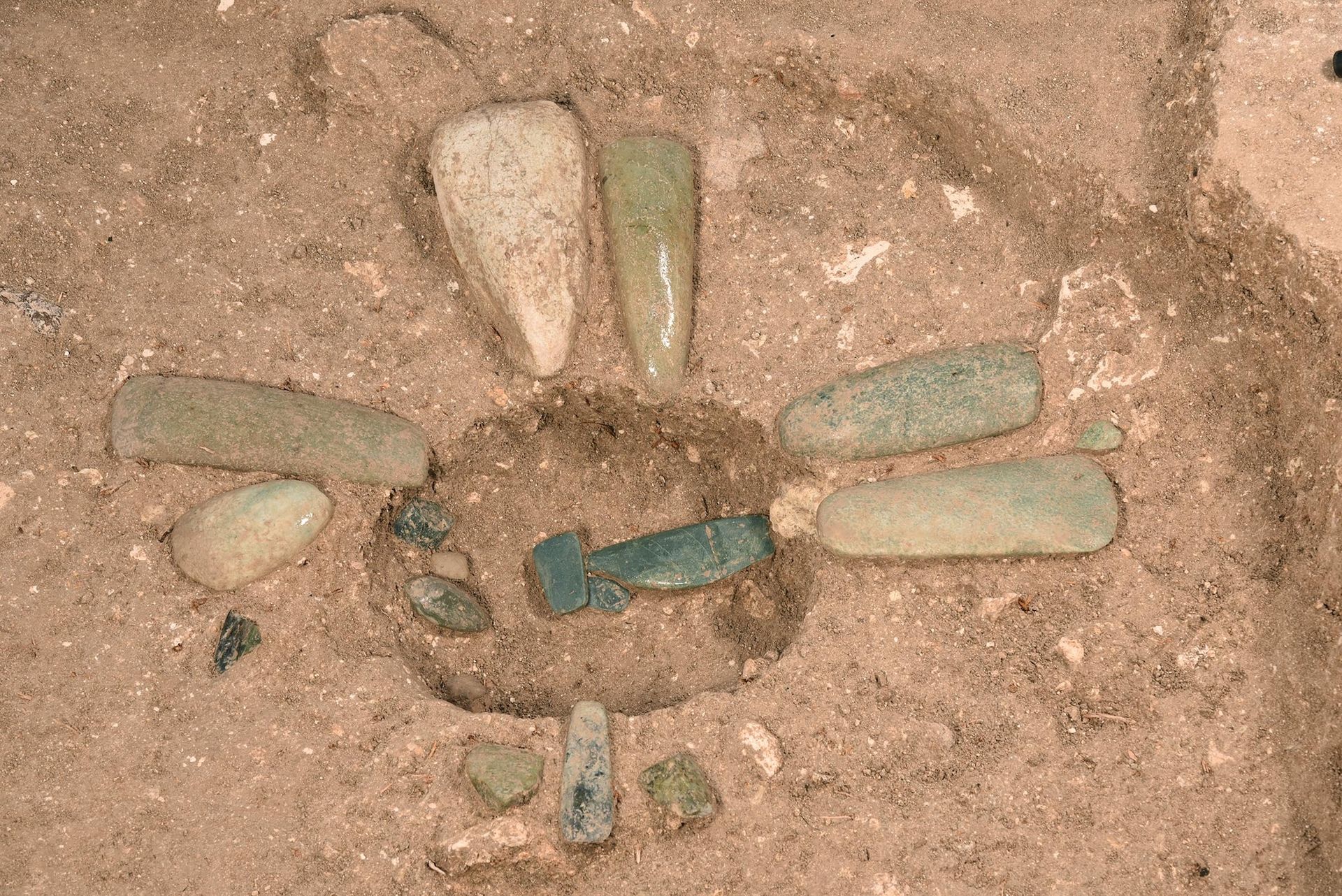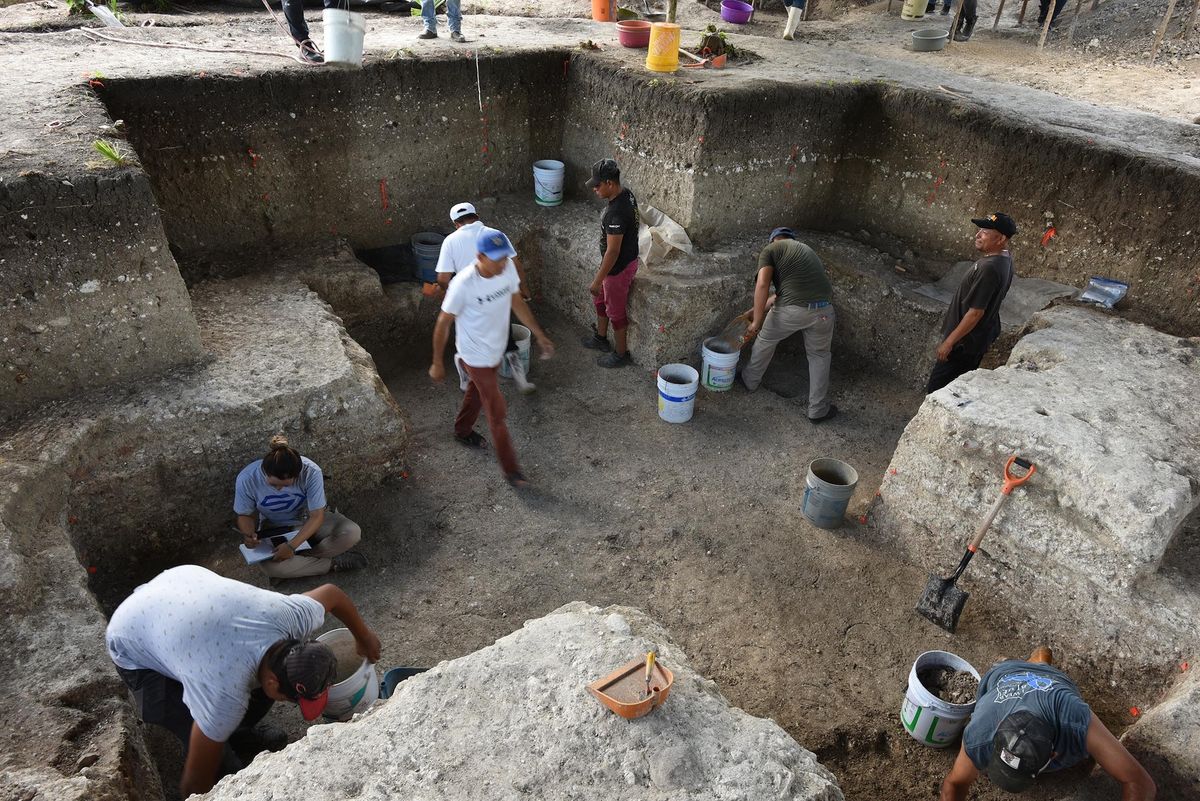A vast, 3,000-year-old earthwork hidden in the jungle of southern Mexico may represent one of the earliest known attempts to create a "cosmogram", a map of the cosmos in monumental form, according to a study recently published in Science Advances. Using airborne laser scanning and on-the-ground excavations, archaeologists identified the site known as Aguada Fénix as a massive ceremonial complex aligned to the movement of the sun and laid out along cardinal directions.
The research team, led by Takeshi Inomata of the University of Arizona, used Light Detection and Ranging (Lidar) to penetrate the forest canopy in the state of Tabasco. Their data show an immense rectangular plateau estimated to have been built between 1050BC and 700BC.

Takeshi Inomata and his colleagues first found clues of Aguada Fénix in 2017 using Lidar, or light detection and ranging, which uses lasers from an airplane flown overhead to scan through jungle and forest to create 3D maps of human-made structures Image courtesy Takeshi Inomata/University of Arizona
The complex measures around 9km by 7.5km and is surrounded by canals, causeways and corridors arranged in a cross-shaped pattern. Excavations at the central plaza uncovered jade and greenstone ornaments, pigments and ceramics placed in seemingly deliberate configurations. One jade carving depicts a female figure in childbirth, a symbol of rebirth, further suggesting that this complex was used for community gatherings.
The alignment of the Aguada Fénix site corresponds to specific sunrise points that mark a 260-day ritual calendar later used by the Maya and Aztecs. Although a nearby lake may have supplied water to the canals, the researchers found no evidence of irrigation, indicating that the system’s function was symbolic rather than practical. The layout of the site’s central plaza allowed for solar observations that marked key points in this cycle, including solstices, equinoxes and other horizon events.

The team excavated jade axes and ornaments that were likely left later, in return trips to the site, after builders made offerings to the cruciform cache and filled it in Photo: Takeshi Inomata/University of Arizona
Scholars not involved in the study expressed varying opinions about the team’s conclusions. Michael Smith, a professor of archaeology at Arizona State University, told Live Science that the discovery “is a fascinating and important site, but the authors have not demonstrated that the site was a ‘cosmogram’”. He added that the team “needs to define what exactly they consider to be a cosmogram and develop a clear method to identify one”. Others were more positive in their assessments. David Stuart, a professor of Mesoamerican art and writing at the University of Texas at Austin, told Live Science: “I see this as an important discovery, with a very careful and meticulous analysis by Takeshi and his team.”
While debate continues over whether Aguada Fénix can be defined as a cosmogram, the discovery reveals how early Mesoamerican communities employed monumental architecture to convey shared cosmological ideas long before the emergence of dynastic power.


